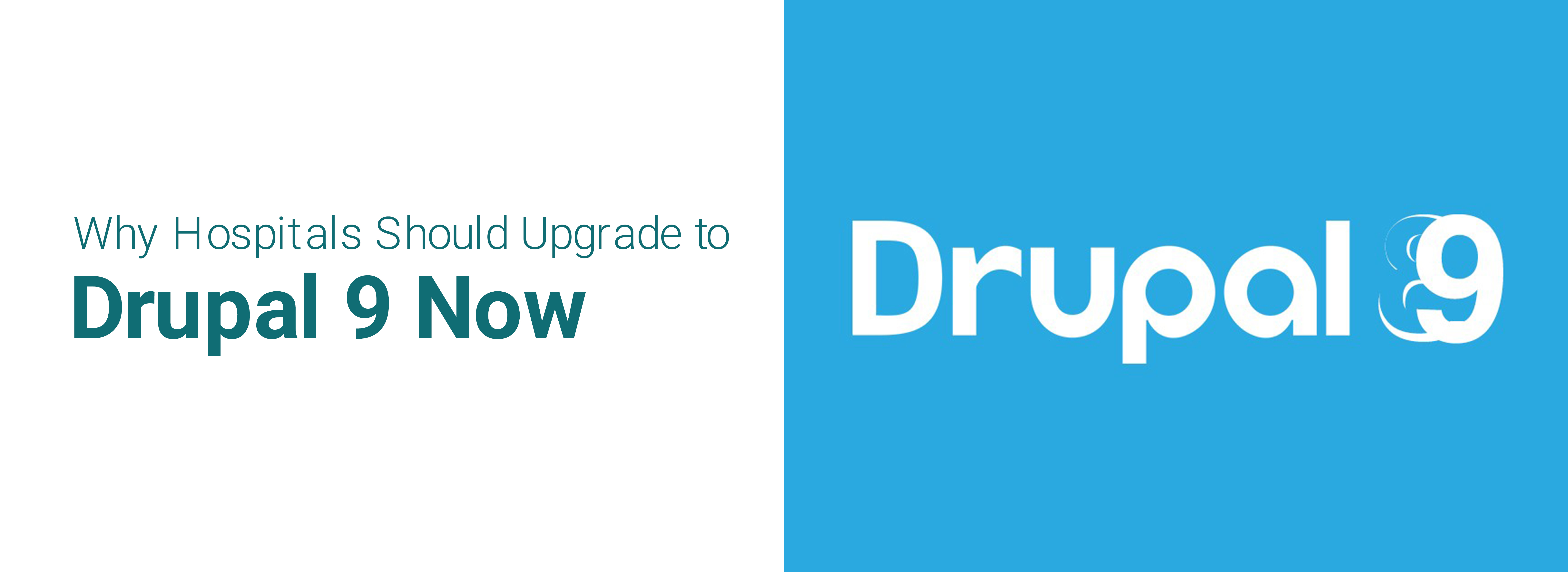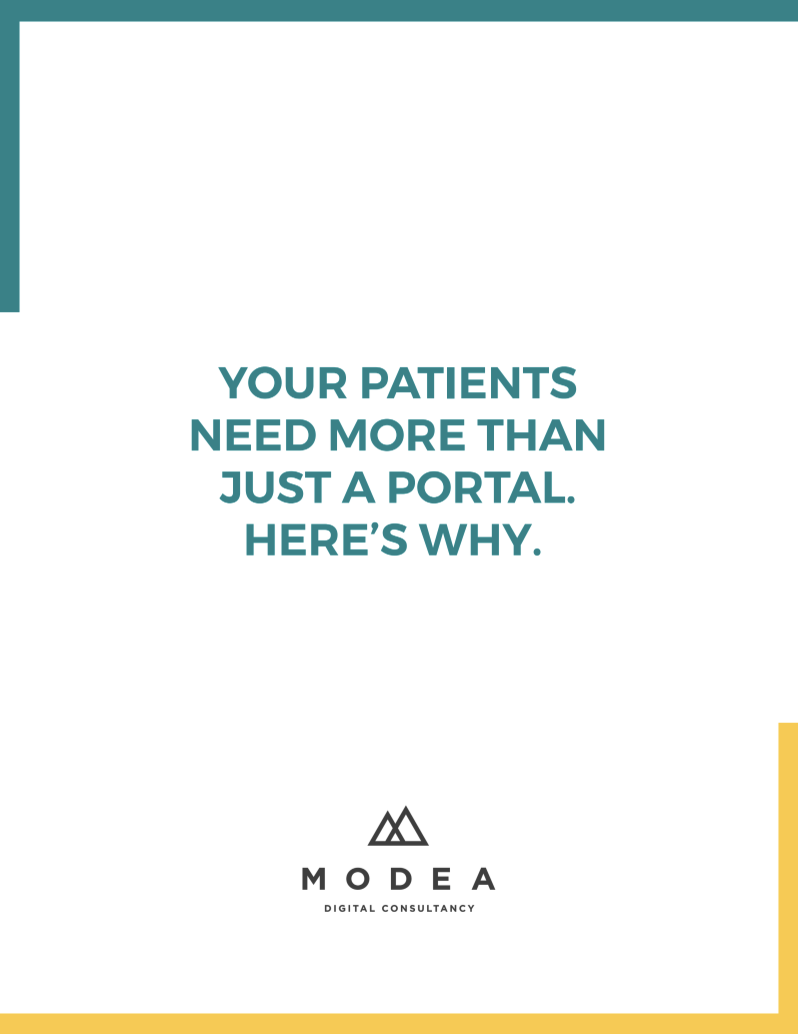
What does upgrading your Drupal platform have to do with cybersecurity at your healthcare system?
Everything.
Nefarious actors like hackers are experts at exploiting weaknesses in unsupported content management systems.
Making sure you have the most up-to-date version of Drupal (or any other CMS) is one key step you can take to minimize security risks. Without security updates and support, your website is vulnerable.
This is especially true for healthcare organizations and health systems that use Drupal 7 or 8. This means you haven’t yet migrated to Drupal 9, which was released in June of 2020.
Here’s why this matters now: Drupal is ending community support for Drupal 7 in November 2022. Community support for Drupal 8 will end in November 2021.
Those looming dates might instill fear in healthcare organizations, especially considering the move from Drupal 7 requires a rebuild. But the benefits are worth it.
Not only will you have access to the latest security updates and support, but Drupal 9’s new features can also make running your health organization’s website easier and smoother.
Make the Big Leap and upgrade from Drupal 7 to 8 or 9
Drupal calls the move away from 7 “the last big migration.” Drupal 8 was essentially a reinvention of Drupal, with fundamental changes in how your content is stored.
This means that your content can’t just drop in, as it might with other updates. You have to set up a migration and map to the new way of doing things. The good news is that once your health system makes this last big migration, it will be far easier to make major updates in the future.
Two things to keep in mind:
- If you’re coming from 7, you have options: Use 8 as a step to 9, or go right to 9. (We have a health system client currently on 7 that we’re moving to 9.)
- If you’ve already rebuilt for 8, upgrading to 9 will be far less involved. (We have several clients on 8 who we’re moving to 9.)
What Healthcare Organizations Will Appreciate About Upgrading to Drupal 9
Drupal has incorporated some popular community modules into 9, which makes it even more out-of-the-box. That’s important for digital teams inside healthcare organizations who have a lot on their plate—especially right now in the era of COVID-19.
Compared to Drupal 7, Drupal 9 features the same structured content-based system that’s easy to work with. Here are a few things we’ve noticed about Drupal 9 that may be especially beneficial for healthcare organizations
A strong layout builder
Hospital websites have many types of pages, such as specialties, conditions, treatments, locations, and visitor information—all built around components that web teams need to be able to customize. Drupal 9 features a visual design tool that lets you easily build layouts, reuse blocks, and customize the different parts of the page.
Better media library
Video is an increasingly important content element for health systems. It provides a way to authentically communicate patient stories or explain conditions. With Drupal 9, you’ll have the ability to embed remote content such as YouTube and Vimeo videos. There’s also a Media Library module, so you can easily add media assets.
Better page view performance
There’s a strong correlation between page load time and bounce rate for healthcare organizations. The BigPipe module increases page view performance by sending the main “content” area of a page even if sidebars or other pieces of content are still being generated.
Front-end and back-end developer improvements
Drupal 9 has HTML5, additional helper libraries, accessibility enhancements, and enhanced base themes that front-end developers will appreciate. On the back end, there’s better integration with third-party services, which many health organizations rely on.
How Hospitals Can Prepare to Migrate to Drupal 8 or 9
Healthcare organizations still on 7 might be using modules that weren’t ported over to either 8 or 9. That’s one of the biggest watch-out areas we’ve encountered so far.
You’ll need to take an audit of every module your current website is using. For any modules you want to keep, make sure there is a compatible version for 8 and 9. If there isn’t, you’ll need to search for a replacement.
We’ve found that this is a pain point for hospitals. But with the right planning, you can keep all the functionality you need—and usually gain functionality.
If you’re moving from 7, it’s a good opportunity to redesign, especially if you’re considering making informational architecture changes. You’re essentially re-platforming, so it makes sense to revisit the look and feel of your site, as well as how well it performs and meets users’ needs.
Healthcare is a rapidly evolving industry, and patients are increasingly consumer-minded. They value convenience, clarity, and transparency. They want their healthcare web experience to be as straightforward as booking on Airbnb.
If your website is behind in meeting these expectations, the move to Drupal 8 or 9 is the perfect time to align with the latest best practices for healthcare website design.
What About Upgrading from Drupal 8 to 9?
Drupal calls moving from 8 to 9 “the easiest major upgrade in a decade” and we agree. Drupal 9 was mostly built in Drupal 8, so it will be very familiar.
You’ll still want to make sure that your hosting environment is compatible with what Drupal 9 requires. Also, make sure your codebase doesn’t use deprecated APIs. There are tools you can use to identify deprecated APIs in your codebase and fix them.
Since support for 8 ends this year, it’s critical to make the move to 9 as soon as you’re able.
Modea is here to help healthcare organizations create the best web experience possible for consumers.
Have questions about upgrading or migrating to Drupal? We’re happy to help.



